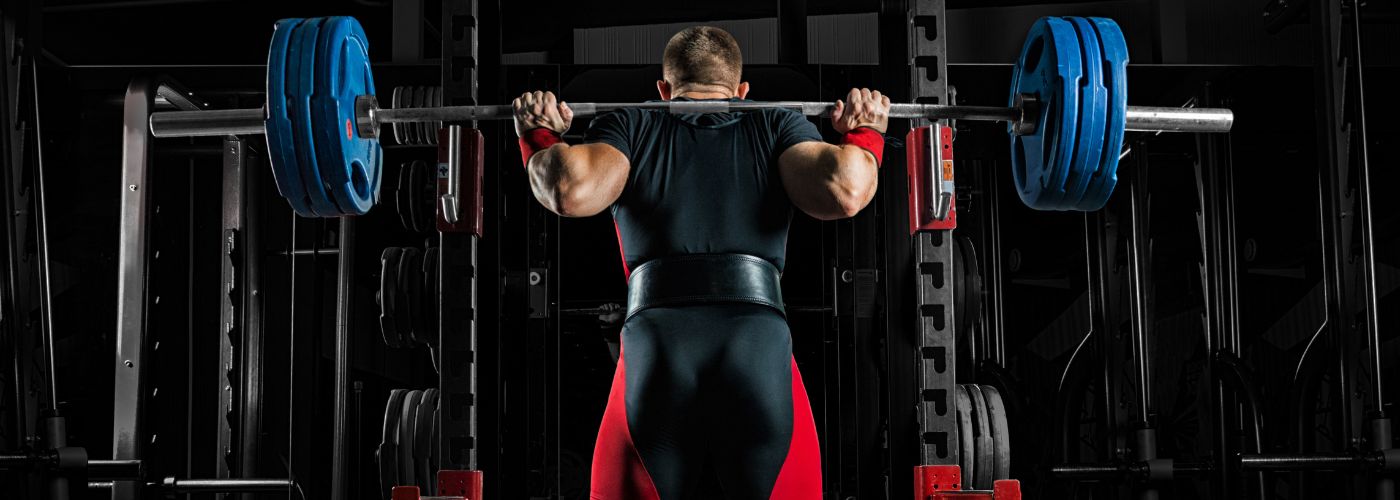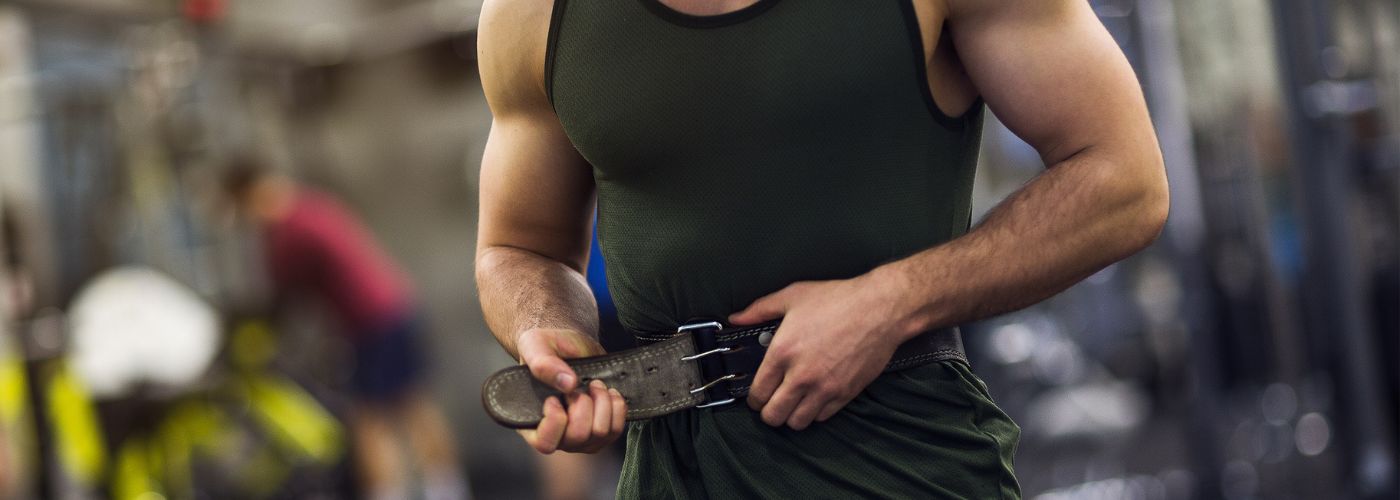Imagine gearing up for a heavy lifting session at the gym, the metallic clang of weights echoing around you as you prepare to push your limits. But as you strap on your lifting belt, have you wondered do lifting belts prevent injury? The debate surrounding the effectiveness of lifting belts in preventing workout-related injuries has long been a topic in the fitness industry.
Let’s talk about the science behind these weightlifting aids and uncover the truth behind their impact on our bodies!
How Lifting Belts Prevent Injury
Lifting belts have long been a controversial topic in the fitness world. However, one undeniable advantage of using a lifting belt is its ability to prevent injury during heavy lifts.
By providing support and stability to the lower back and core muscles, lifting belts can help maintain proper form and alignment, reducing the risk of strains and muscle imbalances.
Furthermore, lifting belts can also increase intra-abdominal pressure, which further supports the spine and prevents it from collapsing under heavy loads. This added pressure acts as a natural weightlifting belt that stabilizes the entire trunk during lifts, making it easier to engage the core muscles effectively.

Ultimately, incorporating a lifting belt into your workout routine may be a smart decision if you want to prioritize safety and injury prevention while still challenging yourself with heavy weights.
Types of Lifting Belts
When it comes to lifting belts, there are three main types that stand out: Velcro, lever, and prong.
Velcro lifting belts are preferred by many for their ease of use and adjustability. They provide a customizable fit for various body shapes and sizes, making them a popular choice for beginners in the weightlifting world.
On the other hand, lever lifting belts are known for their quick release mechanism that allows for easy tightening and loosening during workouts. This type of belt is favored by seasoned lifters who require fast adjustments between sets to maintain optimal support and performance.
Lastly, prong lifting belts offer a classic design with traditional buckle closures that provide a secure fit without any risk of slippage or loosening during intense lifts.
In conclusion, each type of lifting belt brings its own unique advantages to the table. Whether you opt for the convenience of Velcro, the efficiency of lever, or the reliability of prong, choosing the right belt ultimately depends on your personal preferences and specific lifting needs.
Proper Techniques for Wearing Lifting Belts
When it comes to using lifting belts, many people make the mistake of wearing them too tight. A common misconception is that the tighter the belt, the more support it provides.
However, wearing a lifting belt too tight can restrict your breathing and limit your range of motion, ultimately hindering your performance. It’s important to find the right balance between a snug fit for support and allowing for proper movement.
Another mistake to avoid is relying solely on a lifting belt for strength. While a belt can provide additional stability during heavy lifts, it should not be used as a crutch. Building core strength and proper technique are crucial components of effective weightlifting.
Using a belt as a band-aid solution instead of focusing on foundational strength can lead to injury in the long run.

Lastly, don’t forget to regularly check your lifting belt for wear and tear. Over time, belts can lose their effectiveness due to stretching or damage from repeated use.
It’s essential to inspect your lifting belt frequently and replace it when needed to ensure optimal support and safety during workouts. Remember that using a lifting belt should complement your training routine, not compensate for poor form or lack of strength.
How Long Should I Wear A Lifting Belt
Wearing a lifting belt during your workout can provide support and stability to your core muscles, especially during heavy lifts such as squats and deadlifts. However, it is important to use the belt judiciously and not rely on it completely.
Some experts recommend wearing a lifting belt only for maximal or near-maximal lifts to help maintain proper form and prevent injury.
On the other hand, wearing a lifting belt too frequently may lead to a dependency on the extra support, which can weaken your natural core muscles over time. It’s essential to focus on strengthening your core through targeted exercises, so you can gradually reduce reliance on the lifting belt.
Ultimately, listen to your body’s cues and use the lifting belt strategically as a tool rather than a crutch in order to maximize its benefits effectively.
Other Ways To Prevent Injuries Besides Wearing Lifting Belts
One effective alternative to using lifting belts is incorporating a TENS unit into your routine. Transcutaneous Electrical Nerve Stimulation (TENS) therapy may help alleviate muscle soreness and improve circulation, reducing the risk of injuries during intense workouts.
By using electrical impulses to stimulate nerves, TENS units may provide relief and aid in muscle recovery without relying solely on external support like lifting belts.
Additionally, focusing on proper warm-up and cool-down routines can significantly decrease the likelihood of injuries while weightlifting. Dynamic stretches, foam rolling, and targeted mobility exercises can enhance flexibility and range of motion, ensuring that your muscles are adequately prepared for the physical demands of lifting weights.
By prioritizing these pre- and post-workout practices over depending solely on lifting belts, you can build a stronger foundation for injury prevention in the long term!

Related Stories
When Courage Takes Flight: Lessons From a Women’s Skydiving Record Attempt
Photo by Taylor Buffington (T-Buff) We went to Eloy, Arizona on a mission — to...
Nov
Sciatica: 1, LeBron: 0 (For Now)
File photo: LeBron James #6 of the Los Angeles Lakers. (Photo: Thearon W. Henderson /...
Oct
Pickleball vs. Tennis: The Science of Recovery
For years, tennis was the stand-in for movement: endurance, coordination, and power all at once....
Oct
5 Ways to Support Bone Strength with HiDow
World Osteoporosis Day (October 20) October 20 is World Osteoporosis Day, and chances are, you’ve...
Oct
FDA-Cleared Is a Flex. Here’s Why.
Pulling Back the Curtain You’ve seen it on boxes, on websites, in ads: FDA-cleared. It...
Sep
This Is Fibro. This Is Larry.
September is Pain Awareness Month. And we’re not here to give you medical definitions or...
Sep